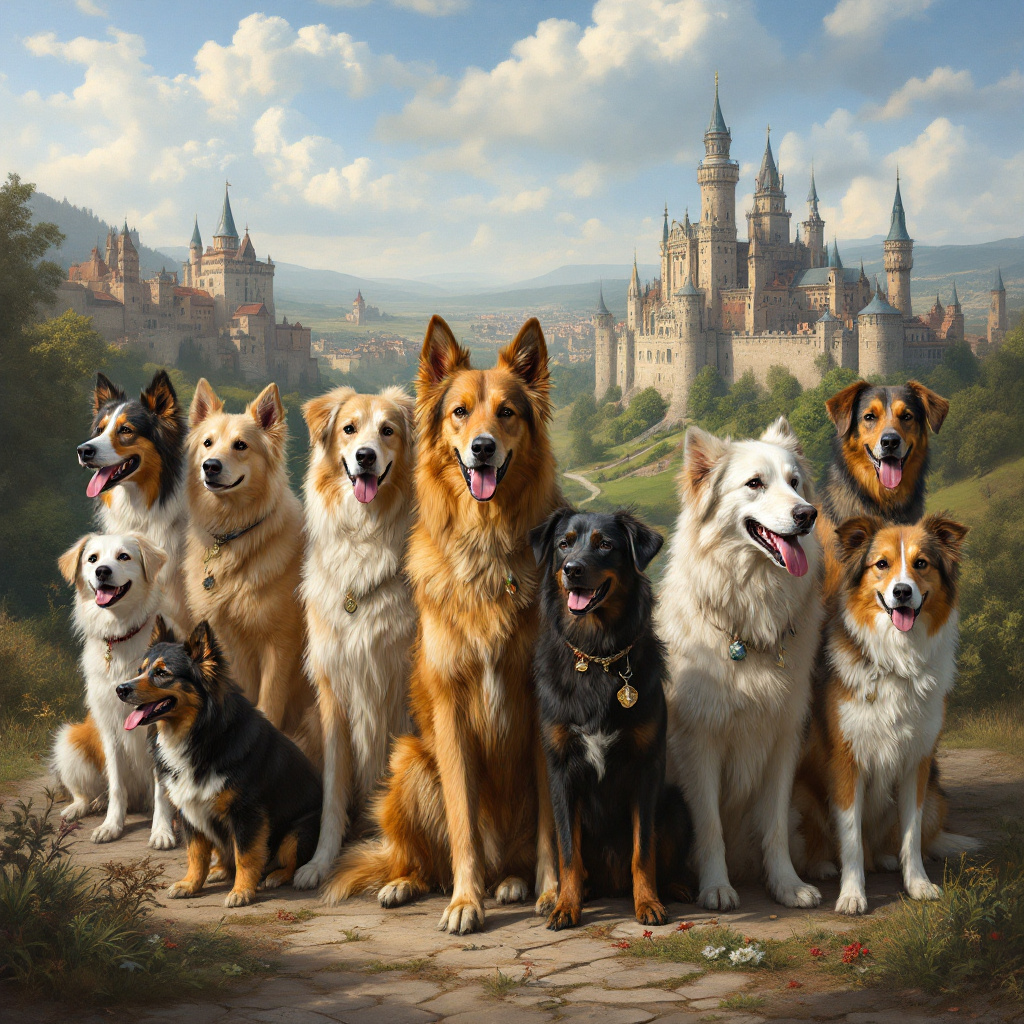Weather and terrain protection for small hunting dogs: an indispensable companion in the field
They throw themselves into adventure with heart and soul, always at their human's side: small hunting dogs. These intrepid companions, known for their agility, stamina and bravery, are tireless companions on hunting trips. However, the wild beauty of nature also brings its challenges. Thunderstorms, thorny thickets and rough terrain can quickly become dangerous for our four-legged friends. This is where weather and terrain protection for small hunting dogs as an indispensable piece of equipment. Let's delve deeper into this topic and explore how we can best protect our faithful companions.
A coat against cold and wet
When the heavens open and the elements come in full force, a high-quality protective coat for the hunting dog is not a luxury, but a necessity. It should not only be water-repellent, but also breathable to prevent overheating. Materials such as Gore-Tex, which release moisture to the outside but do not allow water to penetrate, score highly here. A small detail with a big impact: reflective elements ensure that your four-legged friend is clearly visible even in poor visibility.
The paws: Preventing injuries
Whether sharp stones, thorns or ice - the paws of small hunting dogs are exposed to enormous strain. Special protective shoes can work wonders here. They not only protect against injuries, but also provide additional grip on slippery surfaces. It is important that the shoes fit well and do not rub, so it is definitely worth investing in high-quality models specially designed for hunting dogs.
The protective waistcoat: a shield in the wilderness
When encountering wild boar or in densely overgrown areas, a protective waistcoat provides crucial protection. Modern protective waistcoats for hunting dogs are lightweight, flexible and do not restrict freedom of movement. They offer protection against bumps, bites and sharp-edged branches. Some models are even reinforced with Kevlar for even better protection.
First aid kit: prepared for emergencies
Despite all precautions, injuries can occur in the heat of the moment. A first aid kit tailored to the needs of hunting dogs should therefore always be taken along. In addition to bandages, disinfectant and tick tweezers, it is advisable to pack special paw protection ointments to deal with minor injuries on the spot.
Practical tips: How to get your dog used to the equipment
- Start slowly: Start with short periods in the garden at home and gradually increase the duration.
- Create positive links: Always combine putting on the equipment with something positive such as treats or playtime.
- Patience is the key: Not every dog gets used to wearing protective clothing straight away. Stay patient and give your four-legged friend time to adjust.
The right fit: you should pay attention to this
The perfect fit is crucial for your dog's comfort and safety. Make sure that coats and waistcoats fit tightly enough to prevent slipping, but at the same time leave enough room to breathe and move freely. Try out different sizes and models to find the ideal equipment for your four-legged friend.
The choice of material: what is most suitable?
The tougher the terrain and the more extreme the weather conditions, the more robust the material should be. Look for weatherproof, breathable and hardwearing fabrics that are also lightweight. High-quality equipment may be more expensive to buy, but in the long run it offers the best protection and comfort for your dog.
Concluding thoughts
Protecting our little hunting dogs should always be our top priority. With the right equipment, specifically designed for the demands of the weather and terrain, we can ensure that our faithful companions stay healthy and alert. It's not just a question of comfort, but also of safety. So take the time to choose the right equipment carefully and invest in the health and well-being of your four-legged friends. Equipped with the right weather and terrain protection, nothing will stand in the way of your next adventure together.
Remember, small hunting dogs are not just pets; they are family members, friends and loyal companions on all our journeys. So let's make sure they are as protected and loved as they deserve to be.
FAQs
Can hunting dogs run free?
No, hunting dogs cannot generally be allowed to run free, as their hunting motivation is high and cannot always be controlled. They have been bred specifically for hunting over generations and therefore have a strong hunting instinct. This instinct can lead to them suddenly following a scent or movement on a walk and not being easily recalled. It is important to recognise this natural instinct and take appropriate precautions, such as keeping your dog on a lead in certain areas or intensive recall training.
What to do about poaching dogs?
To avoid poaching behaviour in dogs, it is crucial that the dog accepts its human as the pack leader and focuses on him, even in distraction situations. Effective training based on trust and respect will help keep the dog focussed on its owner even in stimulating environments. Practise regular obedience exercises and create a strong bond so that your dog learns not to chase game tracks or other animals. Special anti-chase training with a professional dog trainer can also be helpful to steer hunting behaviour into controlled channels.
Author
-

David is a passionate aquarist with more than 20 years of experience in setting up and maintaining freshwater and saltwater aquariums. He specialises in the biodiversity of aquatic ecosystems, aquascaping and the species-appropriate keeping of aquarium fish. His articles on haustierewissen.de are a treasure trove for aquarium enthusiasts looking for sound advice and creative ideas for their underwater worlds.
View all posts




